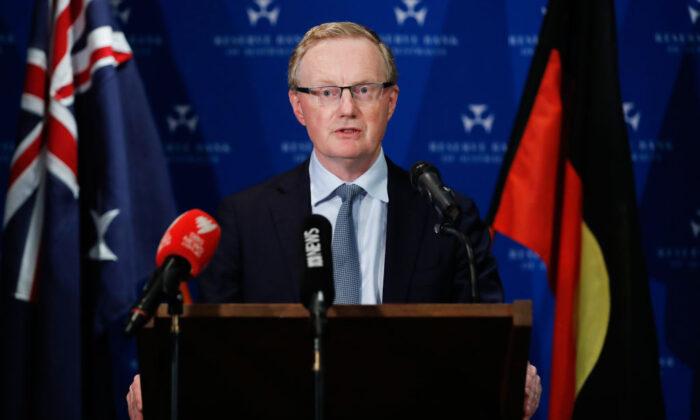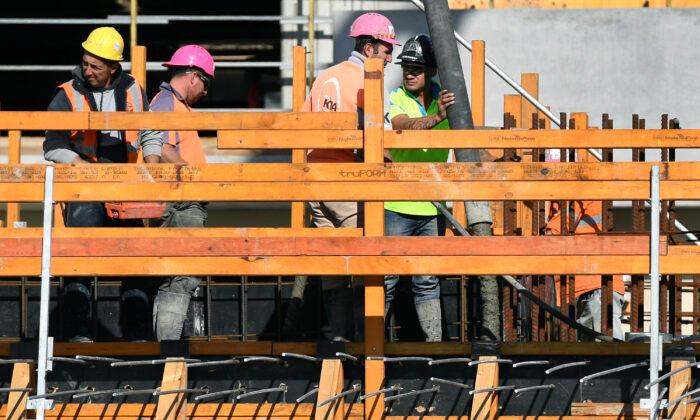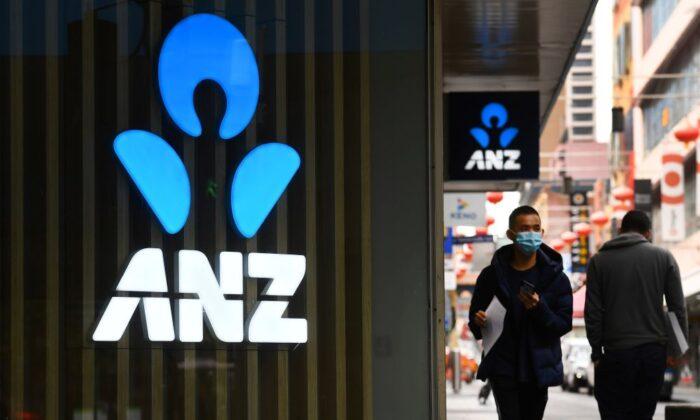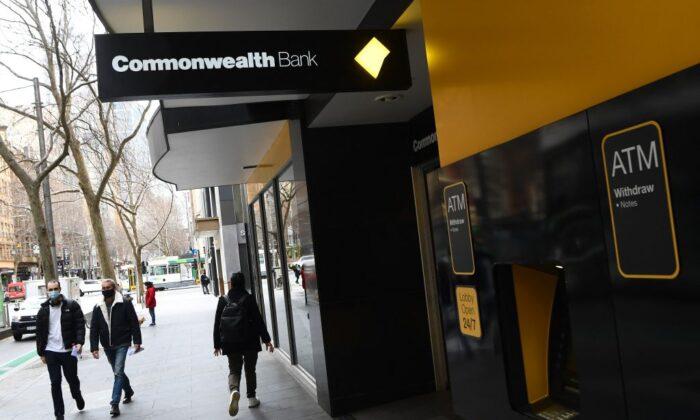Australia’s top financial regulators have urged banks to tap into their capital buffers to continue supporting households and businesses as preparations are made to unwind relief measures over the coming months.
The Council of Financial Regulators (CFR) quarterly meeting held on June 19, while expressing cautious optimism, noted uncertainties surrounding the economic recovery, coupled with long-lasting effects from the COVID-19 pandemic.
Treasurer Josh Frydenberg attended the meeting briefly and discussed how banks should respond once the government’s support packages begin to be unwound later this year.
The relief packages included loan deferral programs introduced in late March across the four major banks, allowing customers facing hardship from the pandemic shutdown to pause repayments for up to six months (unpaid interest will be added to the outstanding loan balance to be paid during the remainder of the term).
The trend graph also showed that the number of deferred loan numbers have been rising each week but at a diminishing rate.
The council, which includes the Reserve Bank, corporate regulator ASIC, and prudential regulator APRA, stressed the importance of the continuous flow of credit for the economic recovery, urging banks to use their extra capital buffers to support businesses and households.
Concerns Remain as Mortgage Relief Reviewed
The June meeting coincides with the start of the three-month review of deferred loans, as most major banks have begun to check in with their customers to work out a more suitable solution for each customer.The Commonwealth Bank (CBA), which currently has 127,000 home loan deferrals, kicked off the reviewing process on June 24, encouraging customers to restart their repayments as soon as they can. A spokesperson told The Epoch Times that 15 to 20 percent of these customers are still making some type of repayment.
The nation’s largest bank has also signalled the transition of its financial assistance packages in a bid to come up with a more personalised solution for each customer.
It announced earlier that its automatic loan deferrals will stop at the end of the month, and customers will be offered “more tailored” support, including Interest Only repayments and reducing repayments to the minimum.
A spokesperson for ANZ told The Epoch Times that it is also starting its three-month review with its customers to assess “whether further hardship assistance is likely to be required.”
ANZ has issued around 100,000 loan deferrals and so far five percent have resumed full repayment.
As the review is still at an early stage, no bank has had a definite answer to how many loans may get back to normal repayments in another three months’ time.
There are concerns that more mortgage borrowers may default on their loans come September when both government’s JobKeeper wage subsidies and banks’ loan deferral program end.
Recognising uncertainties over economic recovery, banks are bracing for hard times ahead.





Friends Read Free